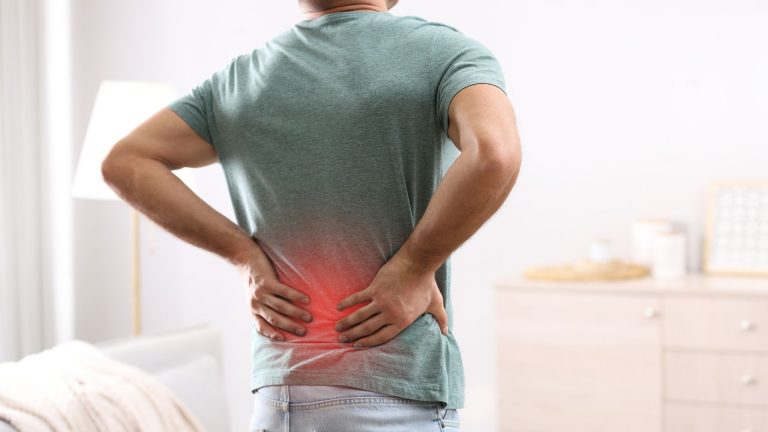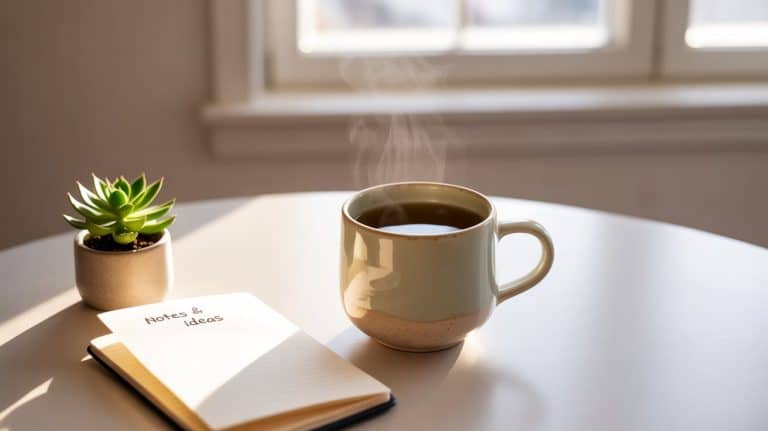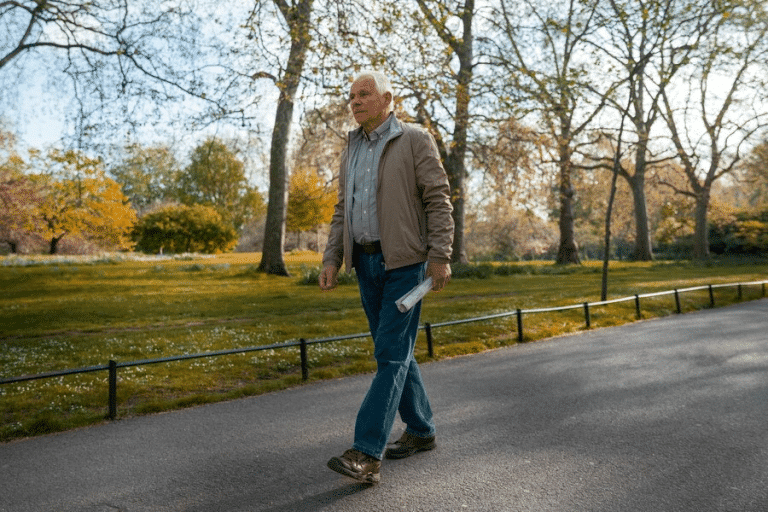The healthcare scene has shown a growing concern for chronic pain management, affecting millions of individuals. Chronic pain influences daily life, restricting movement and reducing overall quality of life. The push for better strategies has led practitioners to explore alternative methods, with movement and mobility practices gaining attention for their potential to alleviate discomfort and enhance well-being.
Finding pathways to relief involves understanding how one’s body responds to various movements. Exploring tailored approaches that consider individual needs helps build a more structured and effective plan for pain treatment. Adopting these practices not only addresses discomfort but also encourages a more active lifestyle, opening doors to greater mobility and freedom.
Knowing Movement and Personal Limits
Managing pain starts with understanding how it impacts movement, strength, and flexibility. Assessments help identify problem areas and guide the development of strategies to reduce discomfort. Knowing specific limitations allows individuals to focus on improvements that can make a real difference in everyday life.
Functional assessments provide a practical way to track progress by establishing a starting point and monitoring changes over time. These assessments may include range of motion tests, strength evaluations, and flexibility measurements, offering a detailed picture of movement capabilities. Keeping a simple movement journal—logging daily activities, pain levels, and any challenges—can help spot patterns, making it easier to see what’s working and what needs adjusting.
Building a Safe and Effective Exercise Plan
A well-planned exercise routine that includes low-impact activities like walking, swimming, or cycling can help engage the body without putting too much stress on it. Adjusting routines based on pain levels encourages consistency and builds confidence, leading to better long-term results. Gradually increasing intensity and duration helps build strength and stamina.
Incorporating warm-up and cool-down routines is important to get the body ready for movement and reduce the risk of injury. A five to ten-minute warm-up, such as light jogging or dynamic stretching, helps increase blood flow to muscles and prepares joints for exercise. The cool-down phase, including static stretching or deep breathing exercises, aids in muscle recovery and enhances flexibility. Techniques like hamstring stretches or shoulder rolls can help ease tension and promote relaxation after a workout.
Using Mobility Tools and Assistive Techniques
Mobility tools like resistance bands and foam rollers can enhance workouts by improving flexibility and strength. Resistance bands, available in light, medium, and heavy resistance levels, allow for a range of exercises such as seated leg presses and standing arm curls. Foam rollers, designed in various densities and textures, can help release muscle tightness by targeting areas like the calves, thighs, and lower back.
Learning how to use these tools correctly is key to getting the most benefit. Simple adjustments, like using a rolling pin for stretching or gradually increasing band resistance, can make everyday movements easier and less painful. Practicing with these tools regularly helps build strength and confidence over time.
Combining Movement with Other Pain Relief Methods
Physical therapy, tai chi, and Pilates target specific muscle groups like the core, back, and legs, improving flexibility, balance, and strength. Physical therapy often involves exercises such as leg lifts and core stabilizers tailored to personal goals. Tai chi features slow, deliberate movements that enhance balance, while Pilates focuses on controlled core exercises like planks and leg circles.
Combining movement with other pain relief options, such as topical pain relief products or heat therapy and massage, offers a well-rounded approach to managing pain. Heat can relax sore muscles, while massage improves circulation, promoting better movement. Trying a routine that alternates between gentle movement and heat therapy can make a noticeable difference.
Tracking Progress and Making Adjustments
Regularly checking in on mobility and pain levels is key to long-term success. Keeping a journal or using digital health tools can highlight improvements and show where adjustments might be needed. Tracking these details helps individuals stay in tune with their progress and adjust their approach when necessary.
Staying flexible with exercise routines can help prevent frustration and keep motivation high. A support system, whether through friends, family, or professionals, can provide encouragement and help establish lasting habits. Scheduling weekly self-assessments can keep goals on track and confirm routines remain effective.
Managing chronic pain effectively means finding movement strategies that fit personal needs and limitations. Regular check-ins, a well-planned exercise routine, and simple mobility tools can help improve movement and ease discomfort. Combining these efforts with options like heat therapy and massage can provide even better results. Staying consistent, tracking progress, and adjusting routines when needed make it easier to stay on course. Small, steady changes can lead to real improvements in daily life, making it possible to stay active and enjoy more freedom, even with ongoing pain.









